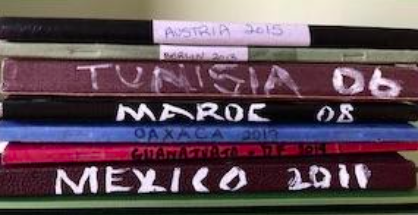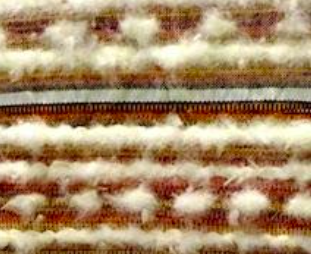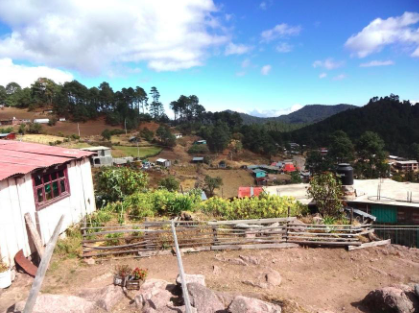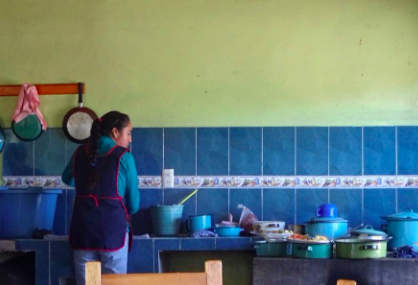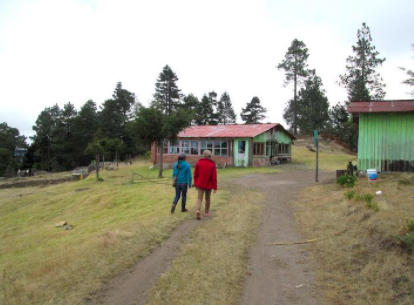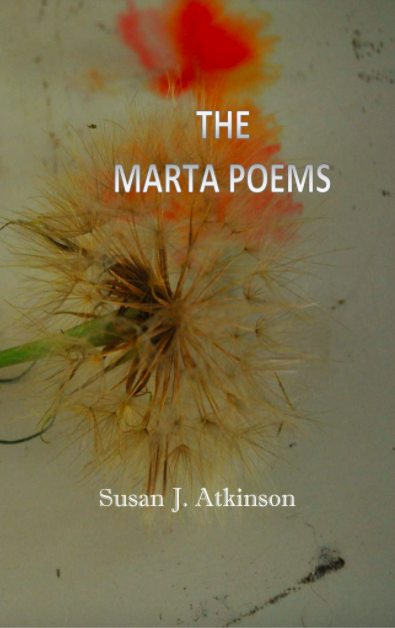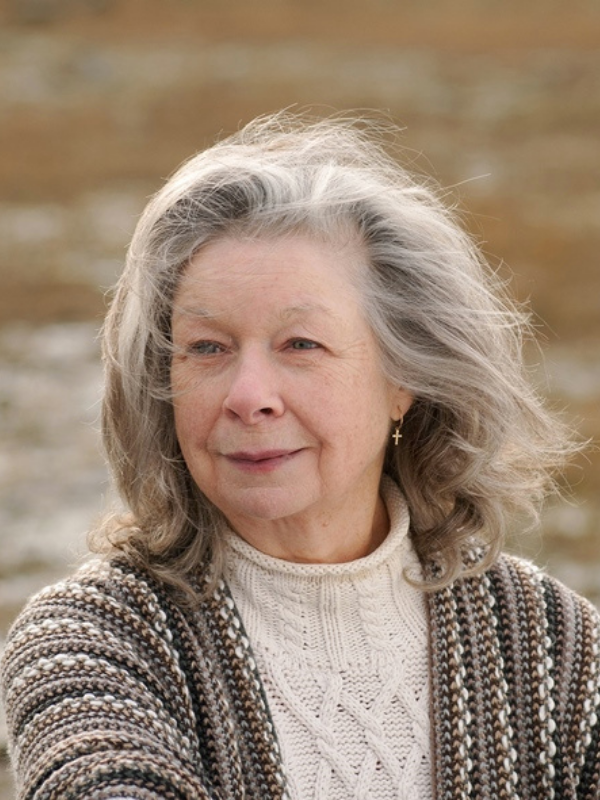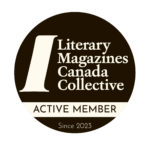Like many poets, Susan J. Atkinson had been writing for a long time before the launch of her first book, The Marta Poems, in December of 2020. The New Quarterly poetry editors are not alone in their admiration for the work of this Ottawa-based poet. This interview touches on the book’s publication, subject matter, and poetic craft.
John Vardon: We are often told that there is too much poetry being published in Canada due to generous provincial and federal grants. But it seems to me that it’s still not easy to get a book published, even if it has garnered awards and editorial accolades, as your poems did. Can you say something about how you came to publish The Marta Poems with Silver Bow Press, which is located in British Columbia. Did they find you, or did they you find them.
Susan J. Atkinson: That’s a great question. Just to state the obvious, I don’t think there can ever be too much poetry published! I do agree that there are many opportunities, including wonderful grant opportunities, for Canadian writers. That being said, there is an incredible amount of competition for publications. We seem to be a nation of fantastic poets.
During my first round of submissions, I sent the collection to six publishers. Two never replied, one was a form-letter rejection, and three offered super positive and some helpful criticism. Each publisher had seen samples and then asked for the full manuscript—always good for raising hope but all three passed, citing a similar tale that the work was strong and well-written but they had too many returning poets on their roster that year and didn’t have enough room for it. Must admit I was quite defeated and sat on the manuscript for almost a year before sending it out again.
Once my bruised ego healed, I made some revisions, some based on the helpful comments from publishers and with a boost from my supportive mentor, Rhonda Douglas, who assured me the poems would find a home—the right home, I researched other publishers and found Silver Bow Publishing in New Westminster B.C.
Within weeks, Candice James, the publisher at Silver Bow, offered to publish the poems, and it was the beginning of what I can only describe as a fantastic relationship. Candice has been tirelessly patient, attentive, supportive, everything you could ever dream your publisher to be. She always makes me feel like a top priority and is open to all my crazy ideas, including using one of my photographs for the book cover.
I couldn’t be happier with the process, the final product, the entire journey!
JV: It’s one thing to write about people who are long or not so long dead, whether the purpose be elegiac or a kind of re-visioning poetic biography; it’s another thing to write about people who are still alive and could read your poems, especially if one of these people is a neighbour as your subject was. Did this fact constrain you in any way, a question I ask knowing that you have also written poems about at least one of your daughters.
SJA: Honestly, the lion share of the collection was completed after Marta passed away in 2012. While she was alive, we forged a very unlikely friendship, though I suspect it was borne through the age-old opposites-attract theory. Over the course of the 12 years of knowing Marta, we spent many hours sitting, either on her front porch or in her living room, just chatting. She would tell me stories and, as time passed and the stories churned in my head and began to evolve into poems, I began to ask questions, probing into how she felt or could she elaborate, all of which was my need to fill in all the missing pieces.
Marta knew I was collecting her ramblings and rewriting them as poems. She also knew I was sending them to publishers and that I was planning on compiling a book. She never asked to read them even after the first two poems, “Marta’s Shadow” and Marta On Sleeping,” (the original title) were published in Room Magazine in 2008. She was interested.
There were many, many gaps in Marta’s story that became gaping holes when I was trying to sew her life together. The section in Rhodesia is the best example. The only information Marta had shared was that she travelled from Siberia to Rhodesia and that her living conditions were slightly more palatable than those of some of her fellow refugees because of her skills as a seamstress. I often wonder what she would have thought of the love affair I bestowed on her. I think she would have loved it!
JV: I was emotionally engaged by the narrative element of these poems but also intrigued by the precise language and the various poetic forms used to convey Marta’s experiences. What decisions did you make about telling the story in a variety of ways.
SJA: I was very conscious that above and beyond, and foremost, I was writing a book of poetry and though many of the poems err on the narrative side, I hoped/I hope the book will be seen as a collection of poems that tell a story rather than a story written in poetic verse. In my mind, the distinction being that many of the poems can stand alone outside the collection.
I looked at each poem as its own entity, top of mind being what form would suit the particular moment or theme of each piece. I chose couplets for the poems that hold an intensity between two characters, italics for the diary entries (these are the narratives that written in the first person, intended to give Marta a voice in her own story), giving these entries a distinct look in the book. Other poems I just love the way they look on the page! I like a lot of white space between stanzas and couplets but, if I had used the usual amount of space that I like, the collection would have been 210 pages rather than 110.
JV: There are times in the book when it seems as if one is reading chapters from a novel or watching scenes from a movie—not simply because of the storyline but also the repeated visual and auditory motifs, much like those in a musical film score. How did your experience with photography and film making influence your poetic project.
SJA: That is an interesting observation, connecting my background in film to my poetry. It’s one I hadn’t ever thought about but now that you mention it, I can see what you mean. I also suspect that you are right and that both photography and film have inadvertently spilled into my poetry. I wonder if it’s because my first inclination is to play everything through my mind like a film reel.
The best way for me to feel a poem is to see it. Putting myself into the moment and being able to act or walk through the scene helps to round out and add the much-needed layers and depth, whether they be descriptive and concrete or more abstract and emotion-based.
I have to add that I love this question because it really made me think, where do the seeds or beginnings of my poems come from? I suspect you’re right. Nine times out of ten, it’s visual—I see the moment, the scene, and then build around it.
JV: In TNQ’s “Writing Spaces” feature, you recently mentioned that your study is “crammed” with poetry books and other “bits and bobs.” What poetry books hold a prominent position on your shelves. This is a roundabout way of asking the tired question about poetic influences.
SJA: My first love in poetry was the great World War 1 poet, Wilfred Owen. I loved, still love, his ability to capture a scene and fill it with sound and images. I love his way with language, which is often plain. That doesn’t seem to be much of a compliment, but what I mean is how he uses everyday language that clicks together with rhythm, emotion, and depth.
Another early influence was William Carlos Williams. Again, I love his skill at creating brevity that drips with emotion and underpinning layers. In fact, I love his work so much that I fashioned one of the Rhodesia poems in his footsteps. “Afternoon Portrait’ derives its form from Williams’ poem by the same name.
There are many fabulous contemporary poets—many of my favourites are Canadian, among them Deanna Young, Sandra Ridley, Rhonda Douglas, and Sue Goyette. Writing this out, I see a pattern—the ability of these writers to use the everyday, the ordinary and then, through their language and keen eye, they transform it into beauty and the extraordinary.
JV: It’s perhaps early to ask about the next collection that you may be envisioning, given that you have so recently launched this one, but do you see a new collection setting sail at some point?
SJA: Funny you should ask! I am in the process of the final edits on my first chapbook, The Birthday Party, The Mariachi Player, and The Tourist. The chapbook will be coming out soon through Catkin Press. It comprises 17 poems, each written in seven couplets, chronicling the events of a single night that begins with a birthday party. There is a nice thread connecting each poem that includes a similar refrain and a Mariachi song.
I am going to turn my attention to a second chapbook, the small book of loss, which surprisingly does not tell a story! I’m thinking 2021 may be the year of the chapbook for me.
Cover photo by kim mastromartino on Unsplash
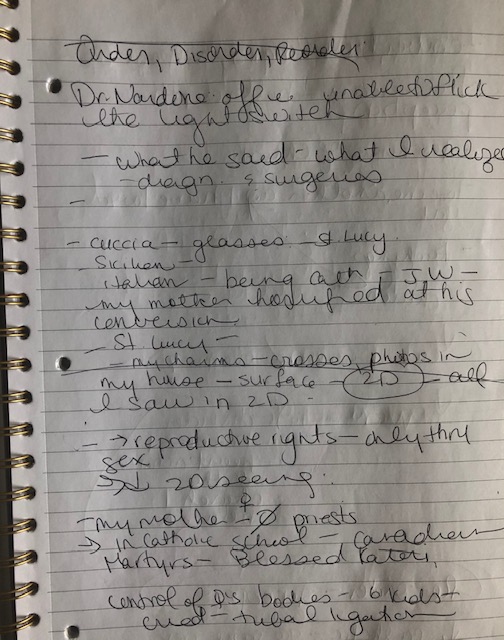
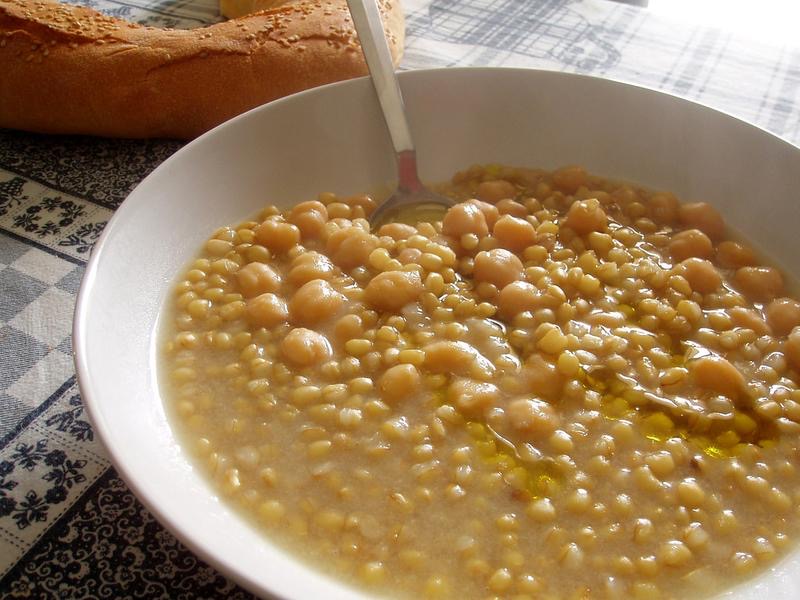
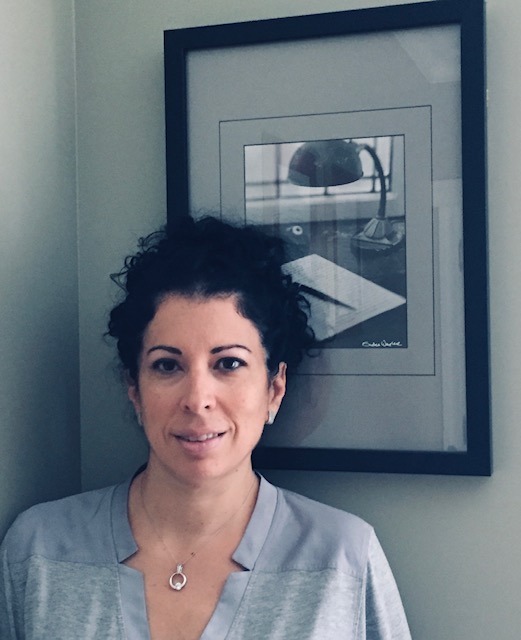

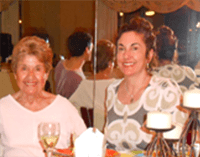 My relationship with my mom, a psychiatrist, had always been fraught and painful. She was a hypercritical woman with lofty expectations for her three children. It was hard to get her attention, even tougher, her approval. (Her own mother, my grandmother, Florence, had been even more daunting.) Busy, respected, and known in the community, my mom was one of the few professional working mothers in my group of friends, one of a minority of women in her medical school class at New York University. These were accomplishments I came to admire later on, as she provided me with a role model of a woman with a successful career.
My relationship with my mom, a psychiatrist, had always been fraught and painful. She was a hypercritical woman with lofty expectations for her three children. It was hard to get her attention, even tougher, her approval. (Her own mother, my grandmother, Florence, had been even more daunting.) Busy, respected, and known in the community, my mom was one of the few professional working mothers in my group of friends, one of a minority of women in her medical school class at New York University. These were accomplishments I came to admire later on, as she provided me with a role model of a woman with a successful career.
